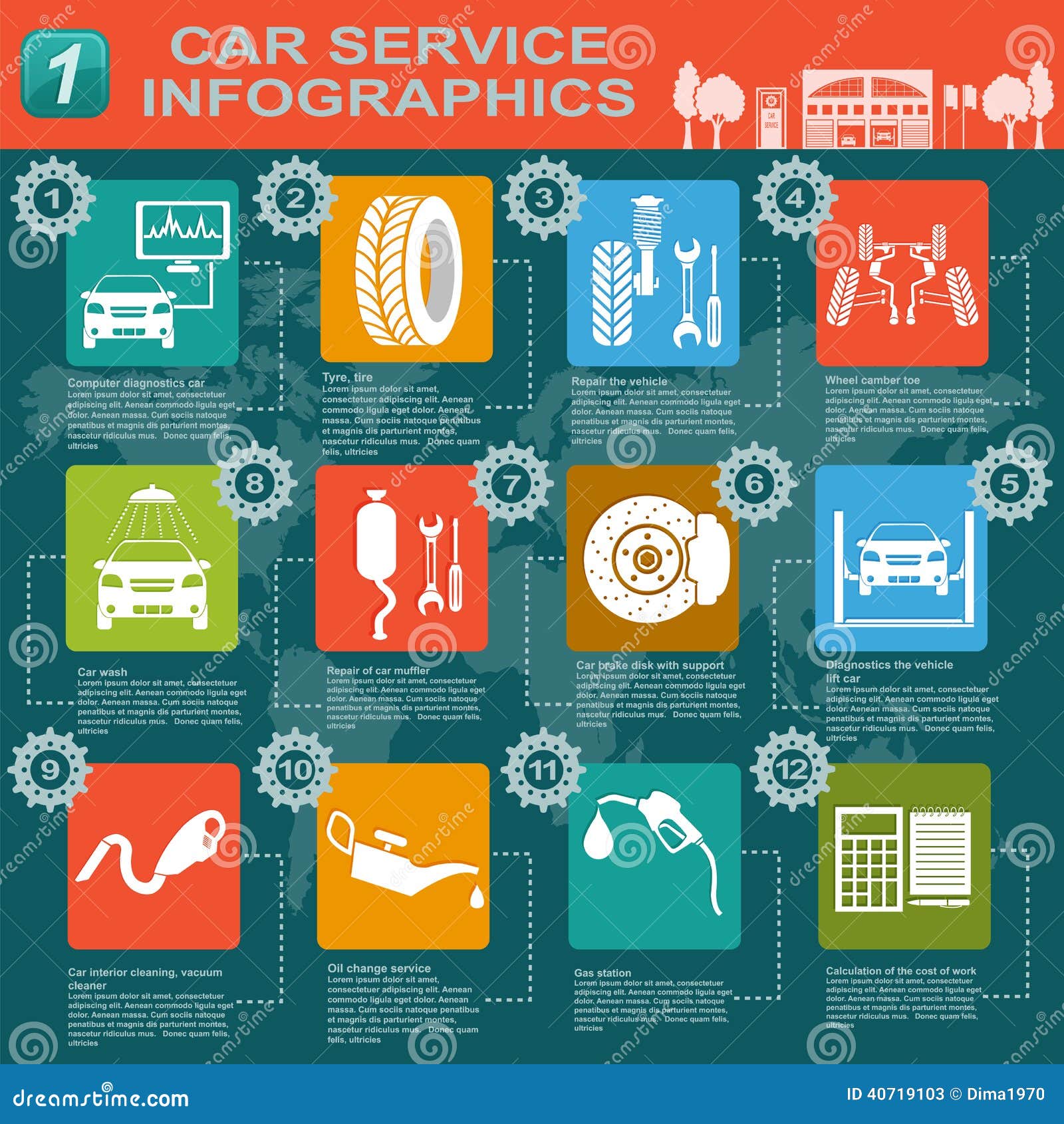Interpreting Your Car'S Alert Lights: Their Real Implications
Interpreting Your Car'S Alert Lights: Their Real Implications
Blog Article
Content Author-Samuelsen Corbett
When you lag the wheel, those beautiful caution lights on your control panel can be a little bit bewildering. Do you know what they're attempting to tell you regarding your vehicle's wellness? Understanding the importance of these lights is essential for your safety and security and the long life of your automobile. So, the following time among those lights appears, would not you wish to analyze its message properly and take the needed actions to resolve it?
Common Warning Lighting and Interpretations
Recognize typical warning lights in your car and understand their meanings to guarantee secure driving.
The most normal warning lights include the check engine light, which signifies problems with the engine or discharges system. If this light begins, it's critical to have your lorry checked quickly.
The oil pressure alerting light suggests low oil stress, calling for immediate focus to stop engine damage.
A blinking battery light could recommend a malfunctioning charging system, potentially leaving you stranded if not dealt with.
The tire stress tracking system (TPMS) light alerts you to low tire pressure, influencing car security and fuel efficiency. Ignoring this could result in unsafe driving conditions.
The ABS light shows an issue with the anti-lock stopping system, compromising your capability to stop rapidly in emergency situations.
Lastly, the coolant temperature cautioning light warns of engine overheating, which can result in extreme damage otherwise settled swiftly.
Understanding these typical warning lights will certainly aid you attend to concerns quickly and keep safe driving problems.
Value of Prompt Interest
Comprehending the typical warning lights in your cars and truck is only the very first step; the significance of immediately dealing with these warnings can not be stressed enough to ensure your security when traveling.
When a warning light illuminates on your dashboard, it's your car's method of communicating a potential problem that needs attention. Overlooking these cautions can result in more serious issues down the road, jeopardizing your security and potentially costing you much more in repairs.
Motivate interest to alerting lights can avoid malfunctions and crashes. For instance, a flashing check engine light could suggest a misfire that, if left neglected, can create damage to the catalytic converter. Resolving this without delay can save you from a costly fixing.
Similarly, a brake system cautioning light may indicate reduced brake fluid or worn brake pads, essential elements for your safety when driving.
Do It Yourself Troubleshooting Tips
If you notice a caution light on your dashboard, there are a couple of do it yourself troubleshooting pointers you can try before seeking expert aid.
The very first step is to consult your vehicle's manual to recognize what the particular warning light indicates. In carcleaningnz can be as straightforward as a loosened gas cap causing the check engine light. Tightening the gas cap may resolve the problem.
botanycarvalet is a low battery, which can activate numerous cautioning lights. Examining the battery connections for deterioration and guaranteeing they're safe and secure might repair the issue.
If a caution light continues, you can try resetting it by disconnecting the cars and truck's battery for a couple of mins and afterwards reconnecting it. Furthermore, checking related web site , such as oil, coolant, and brake liquid, can help fix advising lights associated with these systems.
Conclusion
In conclusion, understanding your vehicle's warning lights is essential for keeping your car running efficiently and safely. By quickly dealing with these alerts and recognizing what they suggest, you can prevent costly repair work and potential malfunctions.
Remember to consult your car's guidebook for certain details on each cautioning light and take action accordingly to make sure a trouble-free driving experience.
Remain notified, stay safe when driving!
